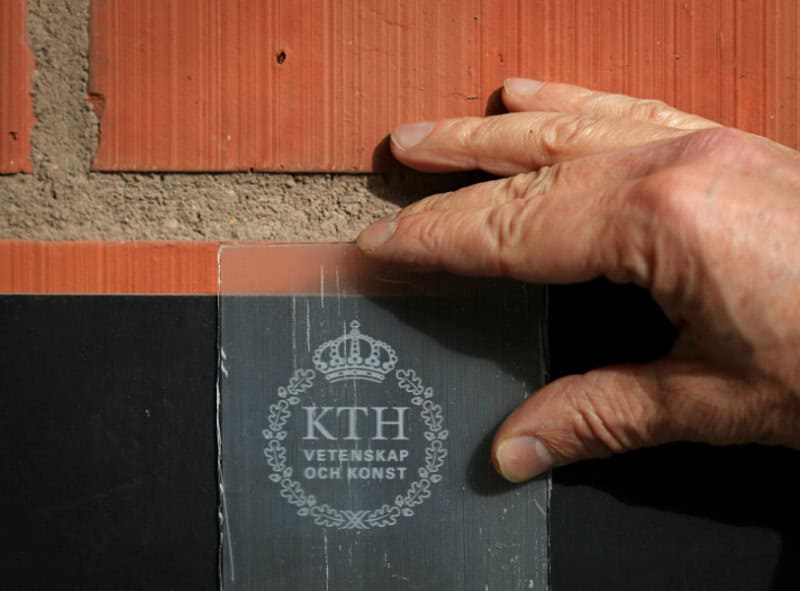STOCKHOLM (Web Desk) – Scientists in Sweden have developed a transparent wood material that could change the way we construct buildings and solar panels, making glass obsolete.
The new material is suitable for mass production, the researchers from KTH Royal Institute of Technology in Stockholm say, and is a low-cost renewable resource.
Their findings were published in the American Chemical Society journal, Biomacromolecules.

If used in the construction of homes and buildings, a transparent wood material has potential to improve indoor lighting, allowing natural light in through the walls.
This could save on the costs of artificial lighting, and may even have use in solar cell windows, the Mail Online reported.
This is not the first example of optically transparent wood; however previous developments only focused on the study of wood anatomy on a microscopic level.
Researchers say this new material has large scale applications. Panels of transparent wood could be used for windows or semi-transparent facades, to let light in while still maintaining privacy.

To create the transparent wood, researchers chemically removed lignin from samples of commercial balsa wood.
Lignin is a structural polymer in plants and can be found in the cell walls, blocking 80 to 95 percent of light from passing through.
This alone, however, didn’t result in a transparent material.
When lignin is removed, the wood becomes beautifully white. But because wood isn’t naturally transparent, some nanoscale tailoring was used to achieve that effect.
The researchers added acrylic, or Plexiglass, to the wood to allow light to pass through. Not only did this create a see-through material, but one that was twice as strong as Plexiglass, the researchers found.
Moving forward, the researchers are looking toward making the material even more transparent, and scaling up the manufacturing process. They also intend to work further with different types of wood.
















